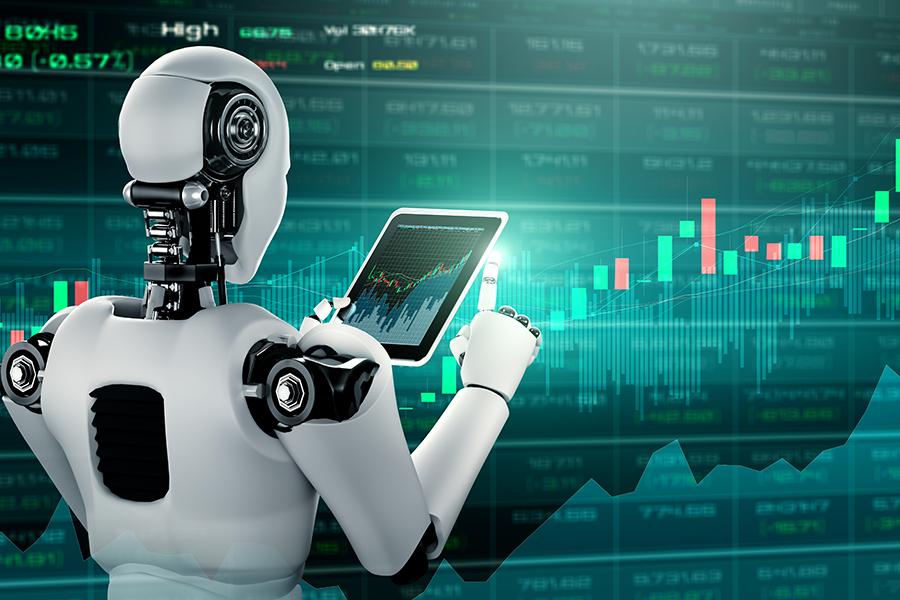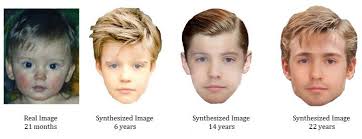
The introduction of Artificial Intelligence (AI) into the field of finance has been a game-changer for many businesses. Over the years AI has significantly impacted the financial industry. From automating mundane tasks to providing insights that were previously impossible, AI has the potential to revolutionize the way financial services are delivered.
One of the key benefits of AI in finance is its ability to automate repetitive tasks, such as data entry and analysis. This not only saves time and money for financial institutions, but it also reduces the risk of errors and fraud. For example, AI can be used in investment banking to create automated trading systems that monitor markets 24/7 and make trades based on market conditions without any human intervention. This allows banks to maximize their returns while reducing risk exposure at the same time. Additionally, AI can also be used to identify patterns and trends in financial data that would be impossible for humans to detect, providing insights that can help institutions make better decisions.
One good example of a financial company incorporating AI is VECTRA. Vectra offers an AI-powered cyber-threat detection platform, which automates threat detection, reveals hidden attackers specifically targeting financial institution. It accelerates investigations after incidents and even identifies compromised information.
There are several potential benefits of AI in finance, including:
1.Efficiency. AI systems can automate many tasks that were previously done by humans, such as credit risk analysis or fraud detection, leading to faster and more accurate decision making.
2.Cost savings. Automation can help reduce labor costs and improve operational efficiency, leading to cost savings for financial institutions.
3.Improved decision making. AI systems can analyze large amounts of data and identify patterns that humans might miss, leading to better decision making in areas like risk management and investment strategy.
However, on the other hand there are some downsides associated with using AI in finance as well. They include :
1.Bias. AI systems rely on data to learn and make predictions, but if that data contains biases, the AI system will also be biased. For example, if an AI system is trained on data that reflects historical discrimination in lending, it may perpetuate that discrimination by denying loans to certain groups of people.
2.Job Loss. AI-based systems can automate many tasks that were previously done by humans, such as credit risk analysis or fraud detection. This can lead to job loss and economic disruption as workers are replaced by machines.
3.Risk of fraud. AI systems can be vulnerable to hacking and other forms of fraud. For example, an attacker may try to manipulate the data used to train an AI system in order to make it make bad decisions, or they may try to access and steal sensitive financial data.
4.Lack of transparency. AI systems can be difficult for humans to understand or interpret, making it hard to explain or justify decisions. This can be especially problematic in areas of finance, where decisions can have major consequences.
5.Dependence on data. AI systems are only as good as the data they are trained on, so if the data is poor quality, the system’s decisions will also be poor quality. This can lead to errors and inaccuracies in areas like credit risk analysis or fraud detection.
6.Lack of human touch. Some decisions or actions might require some human touch, empathy or understanding which AI systems can’t provide. For example, when dealing with clients who are in dire situations . This can lead to a lack of trust and dissatisfaction among customers.
According to an oracle report, 87% of business leaders believe that organizations that don’t rethink finance processes will face risks, including:
- Falling behind competitors – 44%
- More stressed workers = 36%
- Inaccurate reporting = 36%
- Reduced employee productivity – 35%
It also goes further to state that Companies that take their time incorporating AI also run the risk of becoming less attractive to the next generation of finance professionals. 83% of millennials and 79% of Generation Z respondents said they would trust a robot over their organization’s finance team. Millennial employees are nearly four times more likely than Baby Boomers to want to work for a company using AI to manage finance. This is a clear indication that it is necessary to involve AI in our financial structures.
In conclusion, AI has already had a significant impact on the finance industry, and it is likely to play an even bigger role in the future. With the right improvements and safeguards in place, AI has the potential to revolutionize the way financial services are delivered, making them faster, cheaper, and more accurate for everyone. Share your thoughts in the comment section.
SOURCES:
https://www.insiderintelligence.com/insights/ai-in-finance/
https://builtin.com/artificial-intelligence/ai-finance-banking-applications-companies





